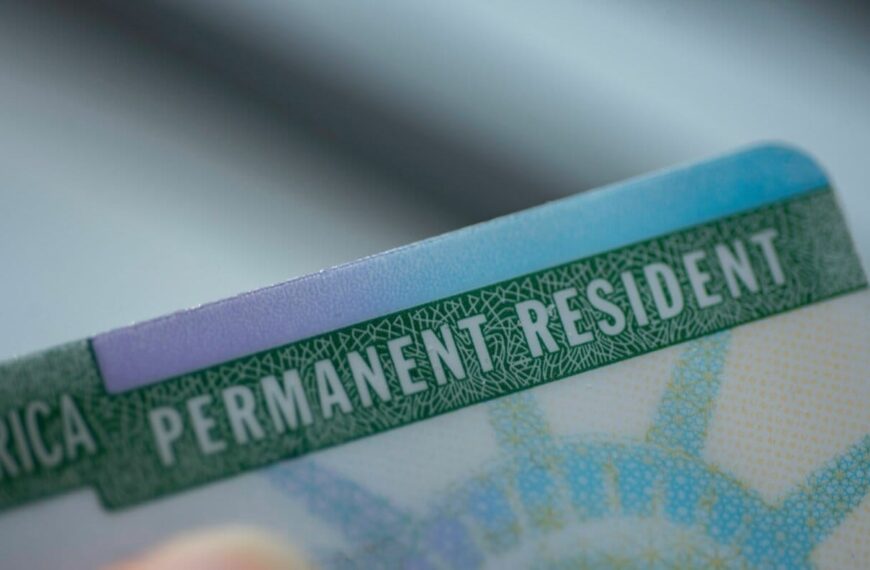Understanding the Upcoming Changes to Skilled Visa Income Thresholds
As the landscape of immigration continues to evolve, significant changes are on the horizon for skilled workers seeking employment in Australia. Effective from July 1, 2025, the income thresholds for employer-sponsored skilled visas are set to increase. This change is critical for both employers and potential migrants, as it will impact eligibility requirements and the overall immigration process. In this blog post, we will delve into what these changes mean and how they may affect skilled workers and employers alike.
What Are Skilled Visas?
Skilled visas are designed to allow Australian employers to sponsor foreign workers who possess specific skills that are in demand within the country. These visas are vital for addressing skill shortages and contributing to the Australian economy. The most common types of employer-sponsored skilled visas include:
These visas not only provide foreign workers with the opportunity to live and work in Australia but also offer employers access to a broader talent pool.
What Are the Current Income Thresholds?
Currently, the income threshold for skilled visa applicants is pegged based on the annual earnings of the employees. The minimum income requirement is set to ensure that foreign workers are compensated fairly and can support themselves while living in Australia. As of now, the thresholds are as follows:
However, with the anticipated increase in thresholds, employers and employees must prepare for a shift in these figures.
Implications of the Upcoming Changes
The increase in income thresholds will have several implications for both employers and skilled workers.
For Employers
1. **Increased Costs**: Employers may need to adjust their payroll budgets to meet the new income requirements. This could lead to increased operational costs, especially for businesses that rely heavily on skilled foreign workers.
2. **Talent Acquisition Challenges**: Higher income thresholds may deter some potential candidates, especially those in lower-paying roles. Employers may need to reevaluate their recruitment strategies to attract qualified candidates within the new wage parameters.
3. **Compliance**: Employers must ensure they remain compliant with the updated regulations. Failure to meet the new income requirements could result in penalties, including the inability to sponsor foreign workers.
For Skilled Workers
1. **Higher Earnings Requirement**: Skilled workers will need to meet the new income thresholds to be eligible for sponsorship. This may limit opportunities for those who fall below the required salary bracket.
2. **Market Adjustment**: The increase in thresholds may lead to adjustments in the job market, with employers potentially raising salaries to attract skilled workers. This could benefit existing employees and create a more competitive salary landscape.
3. **Longer Path to Residency**: For those on temporary visas looking to transition to permanent residency, the increased income thresholds could extend the timeline for achieving this goal, as they may need to secure higher-paying roles first.
How to Prepare for the Changes
As the July 2025 deadline approaches, both employers and skilled workers should take proactive steps to prepare for the upcoming changes.
For Employers
– **Review Compensation Packages**: Employers should assess their current salaries and ensure they align with the expected increases in income thresholds. This may involve conducting market research to stay competitive.
– **Training and Development**: Investing in employee training and development can help existing staff transition into higher-paying roles, thus improving retention and reducing the need for external hiring.
– **Consultation with Migration Agents**: Seeking advice from migration experts can provide employers with clarity on the changes and help devise strategies for compliance.
For Skilled Workers
– **Upskill**: Consider pursuing additional certifications or training that can enhance your qualifications and make you more competitive in the job market.
– **Research the Job Market**: Stay informed about the roles in demand and the corresponding salary ranges to align your job search with the new income requirements.
– **Network**: Building connections within your industry can lead to opportunities and provide insights into potential employers who are willing to meet the new salary thresholds.
Conclusion
The rise in skilled visa income thresholds from July 2025 marks a significant shift in Australia’s immigration landscape. While it presents challenges for both employers and migrants, it also offers opportunities for growth and development. By staying informed and preparing for these changes, both parties can navigate the evolving environment and continue to thrive in Australia’s competitive job market.
As we approach this crucial date, it’s essential for everyone involved to engage in proactive planning and discussions to ensure a smooth transition into the new regulatory framework.










